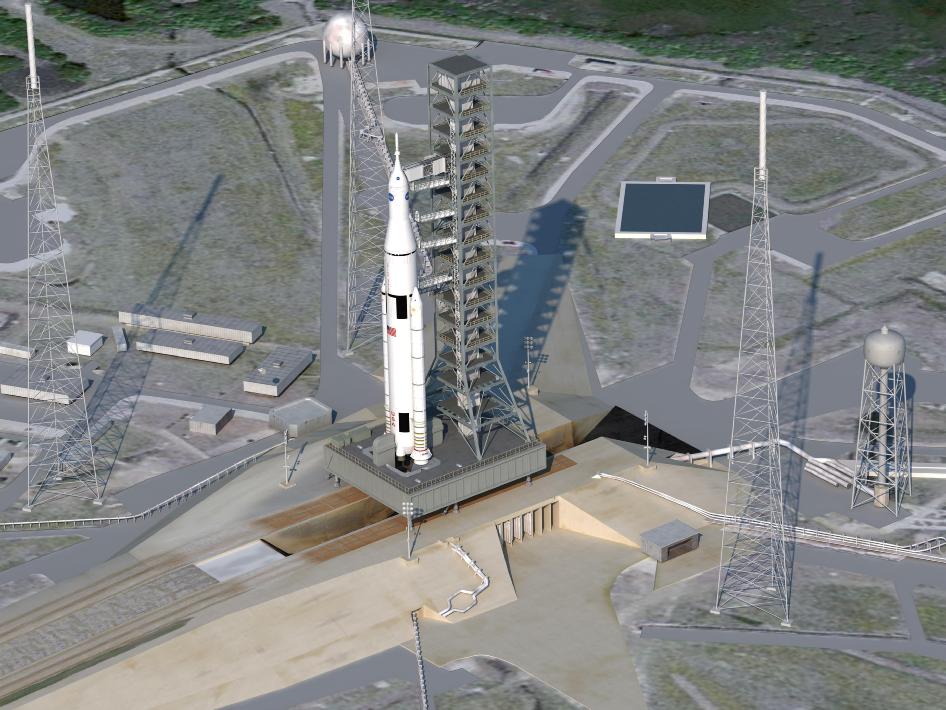Science News
To Infinity… And Beyond!
September 14, 2011

At a press conference today, NASA announced its 21st century rocket—the Space Launch System. Answering the call of the President and Congress to return astronauts to space, NASA is pinning all of its hopes on the SLS, a cool $18 billion project.
NASA Administrator Charles Bolden announced, “President Obama challenged us to be bold and dream big, and that's exactly what we are doing at NASA. While I was proud to fly on the space shuttle, tomorrow's explorers will now dream of one day walking on Mars.”
This launch vehicle decision is the culmination of a comprehensive review of potential designs to ensure the nation gets a rocket that is not only powerful but also evolvable so it can be adapted to different missions as opportunities arise and new technologies develop.
The SLS will carry human crews beyond low Earth orbit in a capsule named the Orion Multi-Purpose Crew Vehicle. The rocket will use a liquid hydrogen and liquid oxygen fuel system, similar to the Apollo flights. The Space Shuttle used a similar system once in orbit, but a solid rocket booster to get there. The New York Times explains the difference:
Solid rocket boosters were designed to be cheaper, but a booster flaw caused the fatal space shuttle Challenger accident in 1986. The biggest drawback was that solid rockets can't be stopped once they are lit; liquid ones can.
NASA reports that the decision to go with the same fuel system for the core and the upper stage was based on an analysis demonstrating that use of common components can reduce costs and increase flexibility.
The heavy-lift rocket's early flights will be capable of lifting 70-100 metric tons before evolving to a lift capacity of 130 metric tons. The Shuttle, by comparison, could only carry 27 tons.
NASA hopes that if all is on schedule, testing will begin in six years, with the first manned flight planned in 2021. Universe Today describes the first real goal:
US astronauts then would make preliminary test flights about once a year before heading to an asteroid in 2025.
Lucky astronauts. It’s enough to make even Buzz Lightyear jealous!
Image: NASA